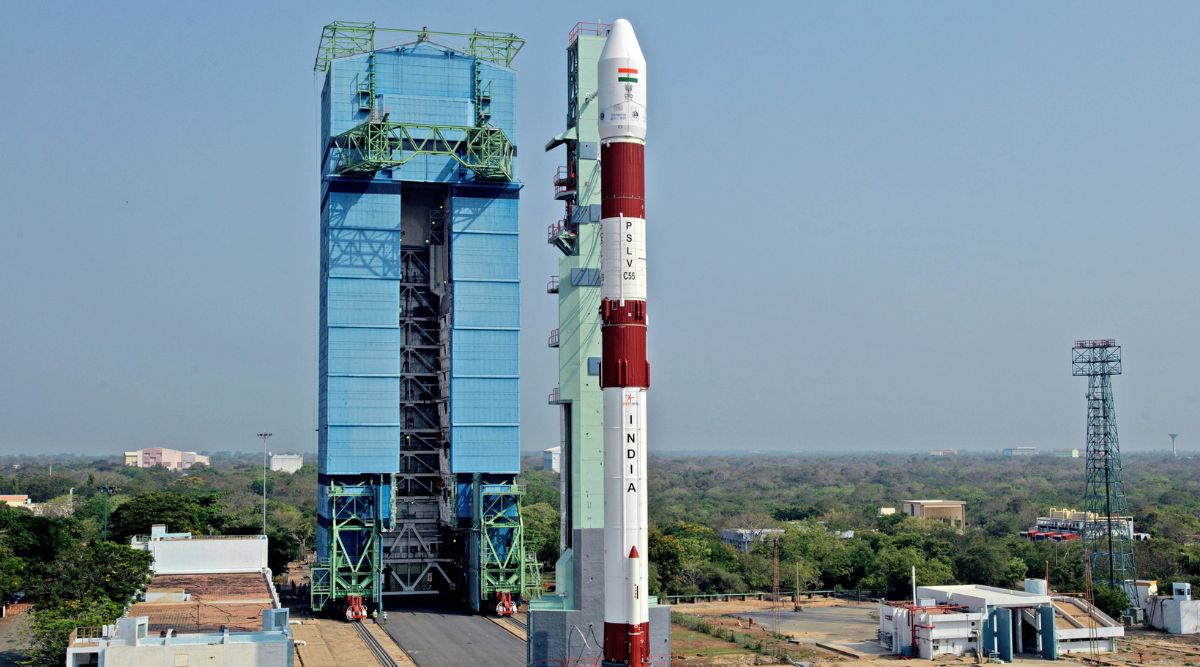Production friendly PSLV launches two Singaporean satellites, seven tech demos
by Atma

In a purely commercial mission, the Indian Space Research Organization’s workhorse launch vehicle PSLV placed two Singaporean satellites in the orbit – the main payload the earth observation satellite TeLEOS-2 developed by SD Engineering and a technology demonstrator for space-borne Very High Frequency Data Exchange System called Lumelite-4.
TeLEOS-2 uses a synthetic aperture radar imaging system indigenously developed by Singapore, which provides all weather day and night coverage in 1 m resolution. Its predecessor TeLEOS-1 had also been launched by India’s PSLV in 2015. India has offered at least nine launches to Singapore.

But the main satellites were not the highlight of the mission – the fourth stage of the rocket for the mission was designed as POEM (PSLV Orbital Experimental Module), which has on-board seven experiments, including one to study the ionosphere by the Indian Institute of Space Science and Technology called ARIS-2, an electronic propulsion system by the start-up Bellatrix Aerospace called Arka200, and satellite deployment systems developed by the start-up Dhruva Space.
Unlike other missions, the fourth stage will not remain in space for a couple of days before dropping into the atmosphere but rather be kept in orbit for about a month to complete the experiments.
Although the fourth stage of the PSLV has been used as an experimental platform twice before, this is the first time the space agency has put deployable solar panels on the platform to allow it to generate energy. “For the first time there will be a deployable solar panel on the upper stage of a rocket. That is another exciting thing to happen,” Isro chairman S Somanath said.
Apart from payloads, this mission is also important for PSLV manufacturing and assembly. This is the first time the first two stages of the PSLV were integrated at the newly created PSLV Integration Facility. Usually the rocket is assembled on the launch pad with the help of the mobile service tower.
Why is this important
Because it cuts down the time between missions. With vehicles being assembled on the launch pad, the assembly could not start until the launch pad was prepared for the next launch. Now, vehicle assembly can begin along with launch pad preparation, cutting down the time between launches and helping to increase the frequency.
Next PSLV mission onwards, all the four stages of the rocket will be integrated at the newly created facility, transported to the launch pad on a mobile launch platform, and then integrated with the satellite before launch.
Isro has also made some design changes to the rocket to bring down the cost and integration time, keeping in mind that the established launch vehicle will be taken over by the industry for future missions. Although the transfer of the PSLV to the industry has been in the works since before the space sector was opened up to private players in 2020, the recently released Indian Space Policy 2023 says that Isro will move out of the routine activities and focus more on research and innovations.
“In this mission, we have a single core configuration of the PSLV which again has many specialties and improvements to bring down the cost and integration time. The goal is to have increased production and launches of PSLV in the times to come, especially as the industry is taking over from us to operate in large numbers,” the Isro chairperson said after the launch.
Speaking after the launch, the mission director of PSLV C55 said that the changes were made not to the basic design of the rocket, but by trimming components to make the vehicle more production friendly. He said rigorous analysis was done to ensure that these changes were not eating up any aerodynamic margins, adding that the vehicle has shown that it isn’t in the current mission.
The Isro chairperson ended his address saying that three major missions are likely over the next few months. Isro has big-ticket missions such as the third lunar mission Chandryaan-3 in a lander-rover configuration and the first solar mission Aditya L1 lined up this year.
In a purely commercial mission, the Indian Space Research Organization’s workhorse launch vehicle PSLV placed two Singaporean satellites in the orbit – the main payload the earth observation satellite TeLEOS-2 developed by SD Engineering and a technology demonstrator for space-borne Very High Frequency Data Exchange System called Lumelite-4. TeLEOS-2 uses a synthetic aperture radar imaging…
